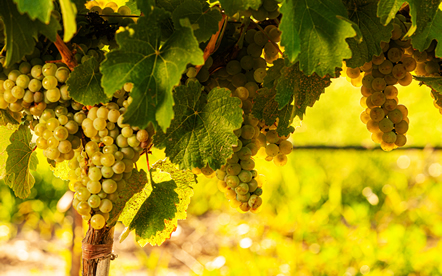
White Wines: Partners for all seasons
There is a common belief that white wines are best for summer, reserved for hot days and light outdoor meals.
Industry trends, what’s new, what’s next. Get to know the present of Argentine viticulture and find out everything you need to know about our wines. There is a common belief that white wines are best for summer, reserved for hot days and light outdoor meals. Their role is often complex and enriches the culinary experience, providing a detailed perspective on the art of tasting. In recent times, the wine industry has witnessed a remarkable transformation, and much of this evolution is centered on the role of the winemaker. In the universe of contemporary winemaking, the term “terroir” has taken an unprecedented relevance. Autumn tinges Mendoza’s landscapes with a palette of colors going from yellow to ochre, from orange to reddish. In the framework of World Malbec Day, Alberto Arizu (h), CEO and fourth generation of Bodega Luigi Bosca and former President of Wines of Argentina, makes a historical review of the variety. The harvest stage, which began a few weeks ago on our estates in Luján de Cuyo and Valle de Uco, waits expectantly for the red wine harvest. This is the place where fresh aromas and fruit essences intertwine with viticulturist expertise, creating sensory experiences that delight the senses. Beyond its visual appeal, each glass exhibits a unique story, revealing not only the skill of the viticulturist but also the rich palette of grapes and winemaking methods used. The appearance of one of our wines in an Oscar-nominated film is not only a milestone, but also a recognition of so many years of dedication and winemaking excellence. In recent times, white wines have experienced a remarkable advance in their presence on the shelves and tables of Argentina. In recent times, white wines have experienced a remarkable advance in their presence on the shelves and tables of Argentina. The art of viticulture is intertwined with the subtleties of climate in dimensions beyond one’s imagination. As the days progress, we approach the most special time of the year: the grape harvest, marking the end of a challenging twelve-month cycle in vine cultivation. That’s why it’s important to know the qualities of the three types of wines ideal for the summer season: whites, rosés, and light reds. The last days of 2023 invite us to reflect on the year that is ending, to look back to see whatobjectives we achieved and to consider what challenges and goals we will have in the future. Their fine bubbles, their elegance, their marked acidity and freshness made these wines became the consumers preferred choice, considered the perfect beverage to pair every course of a meal. Although Cabernet Franc is one of the finest varieties planted across the world, its wines gained special relevance in Argentina only in the last 5 years, when it began to be vinified as a varietal too. As the spring-summer season arrives, virtually all of our habits change, especially the food we eat. The world of wine is so broad and interesting that, just as there are various styles to accompany different drinking situations, there is also a perfect type for each time of the year. Today’s rosés are probably the most versatile wines to accompany both savoury and sweet dishes. Among the Argentine culinary traditions, there is one that stands out to such an extent that it has made our cuisine famous around the world: the barbecue, or asado, the excuse that calls all our senses to gather around the fire, with friends and family. Olive trees and vines dominate the landscape of Finca El Paraíso, our largest and oldest estate, located in Maipú. Finca El Paraíso turns green to welcome visitors to a close encounter with the world of wine through history, culture and nature. Sustainability has been part of Luigi Bosca’s philosophy since its origin, over 120 years ago. Thanks to its ability to adapt to the different terroirs across the world, Cabernet Sauvignon produces very different wines that are distinguished by their character, quality and peculiarity. As spring is around the corner, rosé wines are back on the table. These wines captivate consumers for their appealing colour, fruity expression and freshness. Known as “the queen of red varieties”, Cabernet Sauvignon is the most widely consumed and planted vine across the world. The winemaking industry is inseparable from the soil, the climate and geography of the terroir in which the vineyards grow and develop their fruits. Agricultural engineers are a key player in today’s winemaking industry; together with the winemakers, they are the most important figure at wineries. Cabernet Sauvignon is the most planted and consumed variety for fine wines around the world. Each season transforms the landscape and colours of the vineyards located in Mendoza, but the picture obtained is just a partial expression of everything that actually happens at our estates during winter The character of a wine, i.e. what makes it peculiar and different from others, is closely linked to its terroir of origin. Situated in a unique natural setting, at the foot of the Andes Mountain Range, Finca Los Nobles spreads across 50 hectares, blending perfectly into the landscape and respecting the original slopes of the terroir. Historically, the prestige of great European wines has been the result of the place where grapes grow and are harvested, the exact location where art and science converge to give rise to a beverage unique in the world. Malbec is Argentina’s emblem variety, the most extensively planted throughout the national territory, and the one that best adjusted to the different wine-producing regions across the country, where it gifts us with excellent beverages in every terroir. Verticality and horizontality are relatively new concepts used to describe and interpret the wine that have become gradually established among wine lovers in the past few years. The time has come for harvest in our estates of Luján de Cuyo and the Uco Valley. At the moment of tasting a wine, the serving temperature is as important as drinking it on the proper glass or pairing it with a suitable dish. The time has come for all Argentine wineries’ most longed-for event: the harvest, the great completion of the vine’s annual cycle and the conclusion of the work performed for a whole year at the estates. During the past years, white wines have gained path in the Argentinian gondolas and tables. Meat and wine form the great Argentinian match. Although historically this combination has been associated only with the red wines full of body, structure and marked tannins Alberto Arizu’s life has been taking place mostly among vineyards. One of his first memories dates back to Finca El Paraíso, located at the Department of Maipu, where most of the greatest and most significant moments of his life have occurred. At first glance, still wines are only distinguished by its color: red, white or rosé. Travelling the routes and roads of wine is always the best trip plan for red and white wine lovers. At Luigi Bosca’s estates, the most important time of the year is coming: the vintage, representing the conclusion of the work performed for 12 months and the end of the vine’s annual cycle. Since the beginning of the production cycle up to the start of the harvest, the vine goes through different phonological stages that mark the vineyards’ different evolving phases. Every 4th of December, the whole world celebrates Cabernet Franc Day, one of the world’s most planted varieties, whose wines gained ground in Argentina in recent times. However, this subjective pleasure also involves an unquestionable characteristic that helps individuals assess and rate a wine, regardless their personal taste: quality. With fresh, local, seasonal, and even regional products at the forefront, the aim is to enjoy a more culinary, and also healthier, experience. Thanks to their freshness and versatility, sparklings are becoming an increasingly popular choice to pair meals throughout the year. In winter, key work is carried out on the farm: pruning, which allows the healthy growth of plants. Engineer Alberto Arizu (Sir) always repeats this phrase: “the wine is born at the estate”. What is more, in the case of those great wines that embody the spirit of a winery, the hand of the winemaker is reflected, faithfully expressing their terroir. Great blends are those which embody the style of a winery, the hand of the winemaker and the identity of the terroir; a wine capable of expressing many things. That’s what brunch is about. It’s an Anglo-Saxon habit imposed by weekend lazybones, that is to say, those who got up too late for breakfast and, at the same time, too early for lunch. When wine is served by the glass, food is offered in the shape of a snack board. That’s the formula in most food options in wine bars. Although years ago their figure was not so visible for wine lovers, the boom of the concept of terroir and terroir wines helped their work to be in the public eye, both in the wine cellars and for consumers. In the last edition of ProWein, the most important international wine and spirits fair at the moment, low-alcohol brands were established as a trend. Enjoyment is, above all, a subjective experience, so there is neither a single wine perfect to accompany each meal or consumption situation nor merely “winter wines”. Those who have a green outdoors area invite their customers to wake up their senses with a delightful experience: our eyes get lost in the landscape, while our ears catch the birds’ chirping and the sun provides us with an energy boost. As in the case of all fruit plants, the vine goes through annual cycles that not only depend of its physiology, but also of the environmental impact on it and the agricultural works conducted in function of the vineyard’s needs. Even though everyone is aware of the importance of this variety, below are 10 essential facts to truly understand the Cabernet Sauvignon and its predominance As is the case of all field activities, the working pace at the estates is characterised by the vine’s phenological states, as these are the factors that define which agronomic activities will be conducted in every instance. Generally speaking, great white blends stand out for their elegance, fineness, expressiveness, and fruity character. News
Filter by Thematic:

White Wines: Partners for all seasons
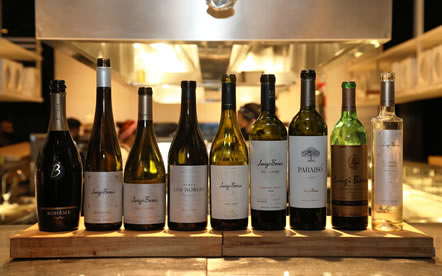
How to choose the perfect wine for dad: a complete guide
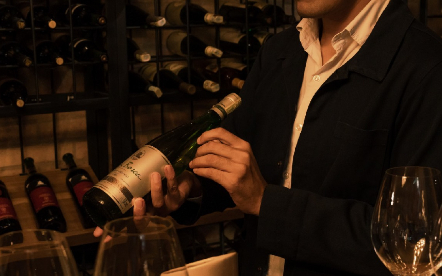
Discovering wine through the sommelier
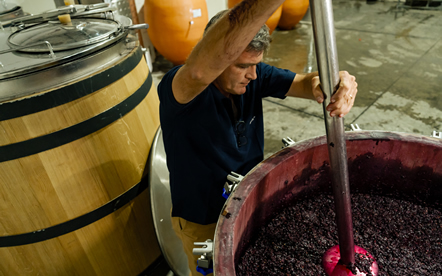
Evolution of the winemaker’s role
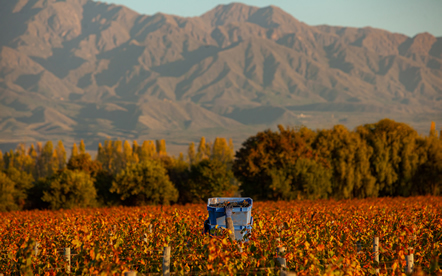
Soils and vines in harmony: terroir blends
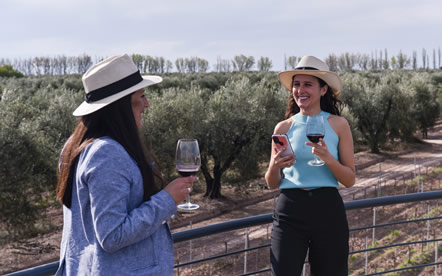
Wine tourism in the off-season: another way to enjoy the vineyard
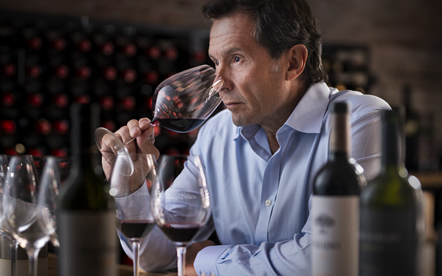
“Malbec chose us, rather than us choosing Malbec”
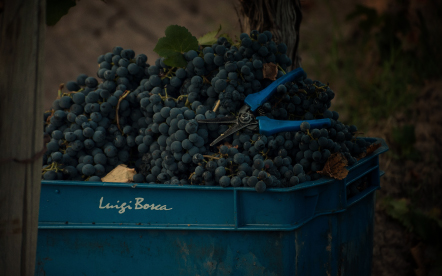
What do we expect from the 2024 harvest?
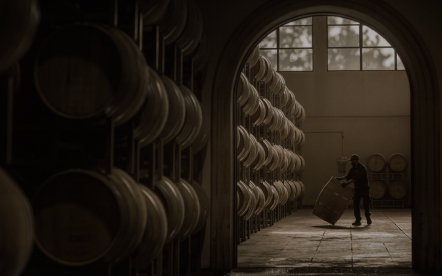
Welcome to the winery
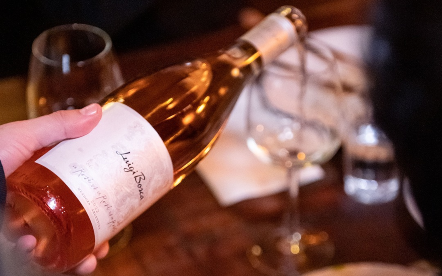
Exploring the world’s rosé wines: a palette of colors and flavors

From Mendoza’s terroir to the big screen in the USA

White grapes through the winemaker’s eye

White Wines: Beyond Grapes
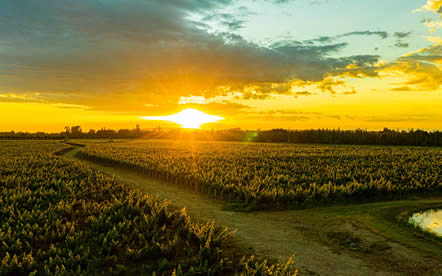
Grapes and Climate: A Connection that Defines Every Wine
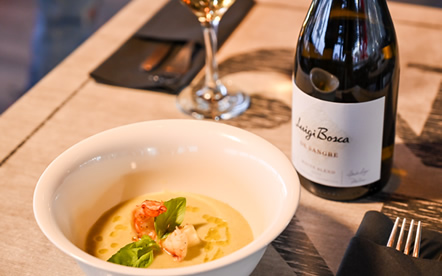
The Harvest: Key Steps in the Process

Pairings for a Refreshing Summer

2023, a year to remember
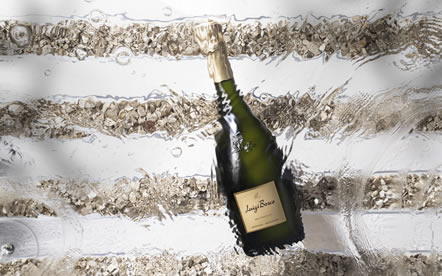
How to pair sparkling wines this season

9 key facts to understand Cabernet Franc’s success
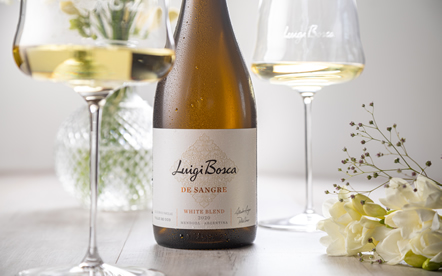
5 tips to better enjoy seasonal whites
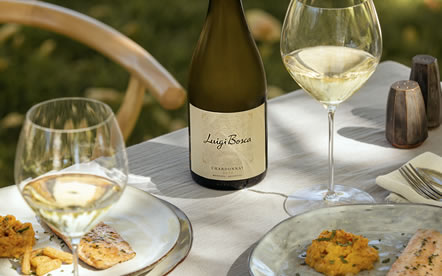
Wine styles we will drink this summer

10 dishes to accompany spring rosé wines
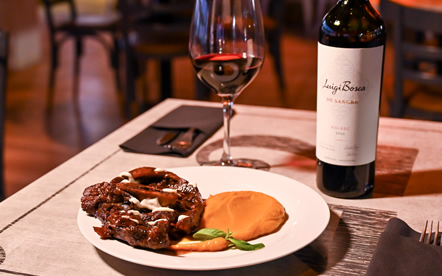
Meat and wine: a guide to the perfect pairings
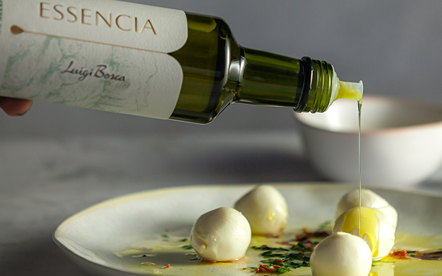
Olive trees and vines: From the Mediterranean basin to the terroir of Mendoza
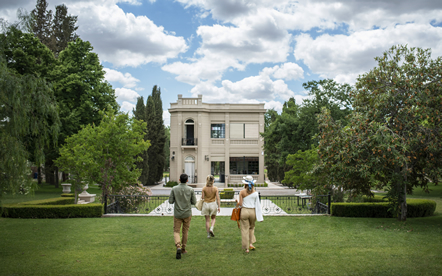
Spring in Mendoza: come visit Finca El Paraíso
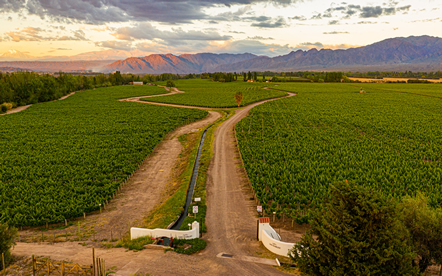
Concrete actions: how does Luigi Bosca work to reduce its carbon footprint? How can we reduce our carbon footprint?
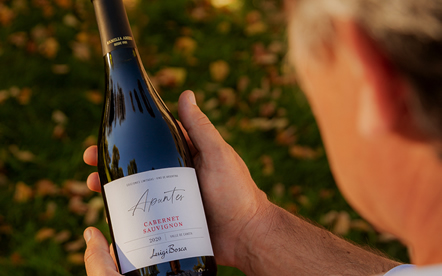
Apuntes: two new expressions of Cabernet Sauvignon
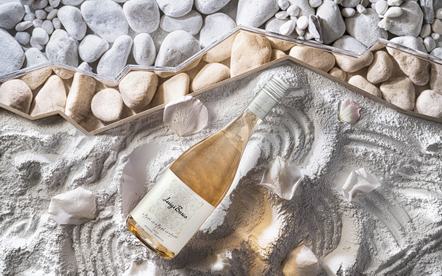
The rosé wine season has begun
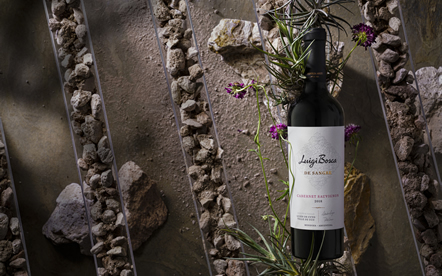
10 interesting facts about Cabernet Sauvignon
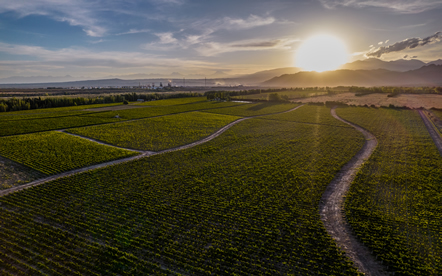
Sustainability: Why is it a central concept to Luigi Bosca?
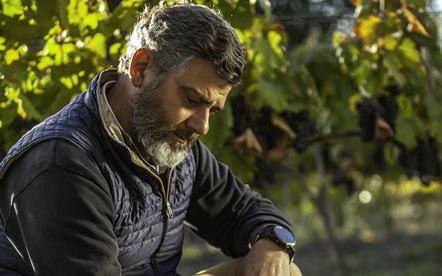
Agricultural Engineers’ Day: Meet Pablo Minatelli
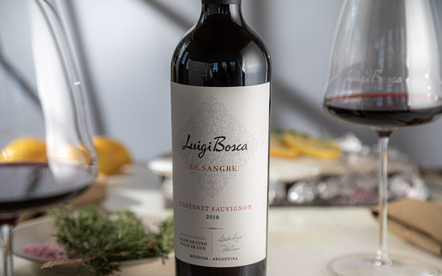
Why is Cabernet Sauvignon the world’s most widely drunk grape?
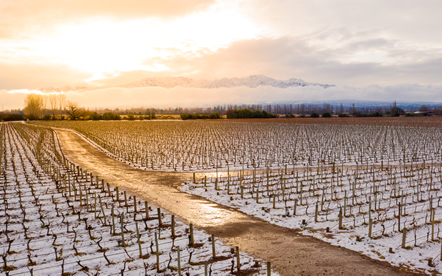
What happens during winter in our estates?
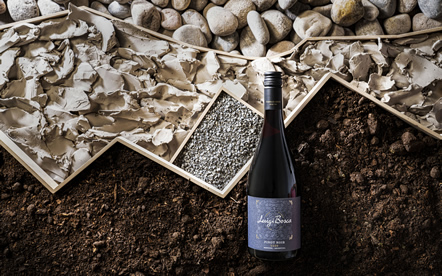
Why is Pinot Noir the trending vine today?
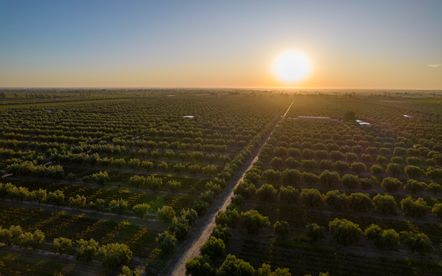
How does the altitude influence a wine’s character?
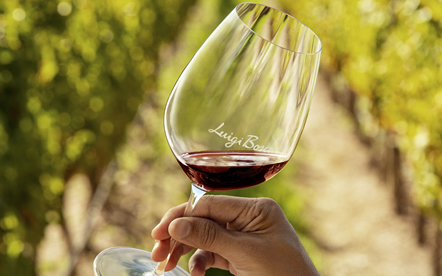
10 tips to properly uncork and serve a wine bottle

The diversity of the estates: why is it so important to have grapes grown in different terroirs?
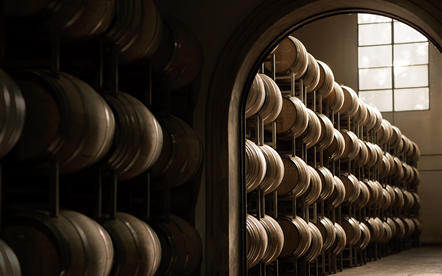
Trends: Less wood, more terroir
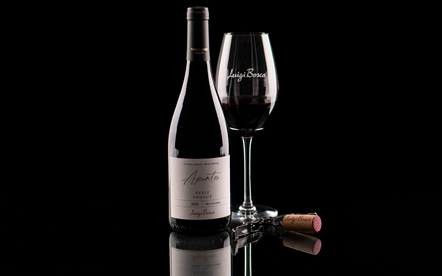
The Apuntes wine line is expanded with a Petit Verdot made in the Canota Valley
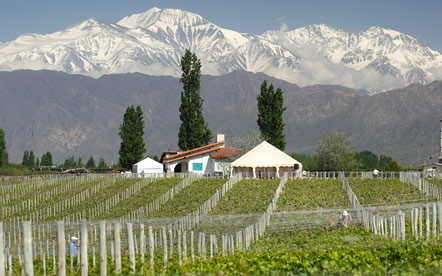
Finca Los Nobles, an emblem of Luigi Bosca
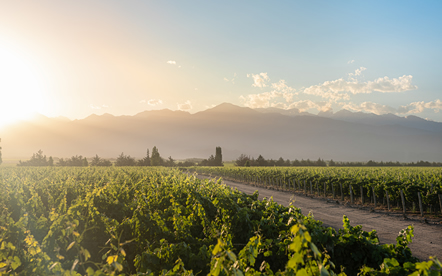
Terroir: our Malbec wines’ key element

The different expressions achieved by Luigi Bosca Malbec wines
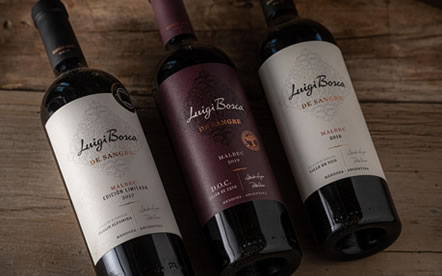
Malbec’s verticality and horizontality
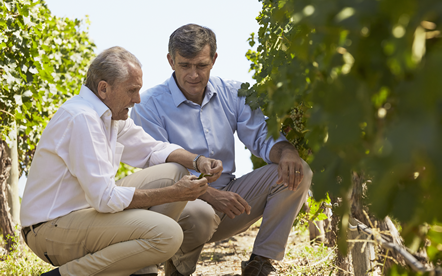
What will 2023 harvest wines be like?
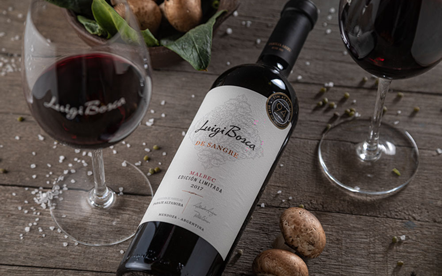
The proper temperature for each wine style
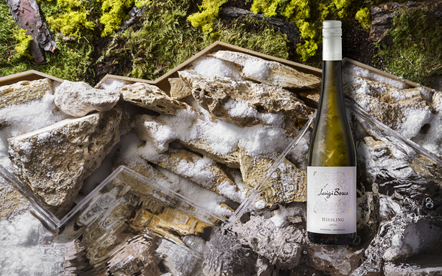
Riesling: A white wine, different from all other beverages
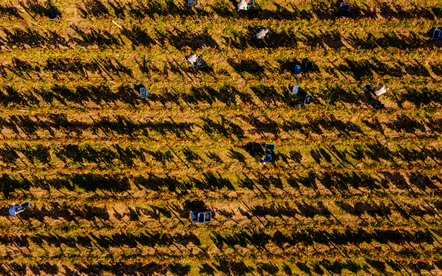
Harvest: The most important moment of the year
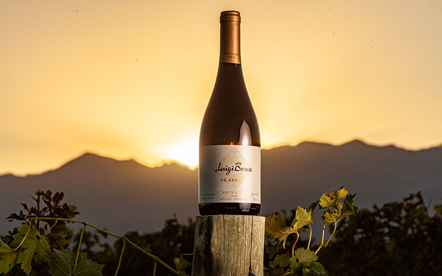
Full-bodied white wines, a rising style
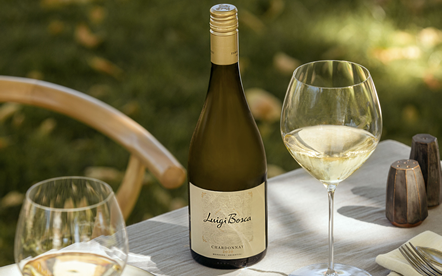
White wines with meat
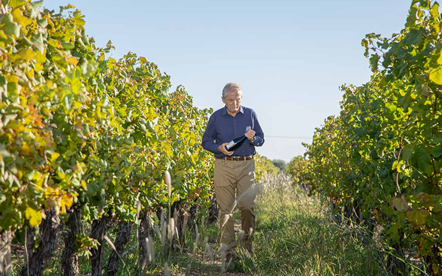
Alberto Arizu, the key man behind the Luján de Cuyo C.D.O.
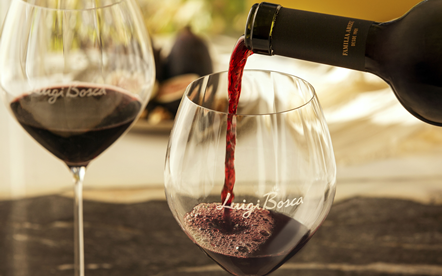
Grape variety: The wine identity

Finca El Paraíso opens its doors to welcome tourists

Vintage 2023: In which order are vines harvested?
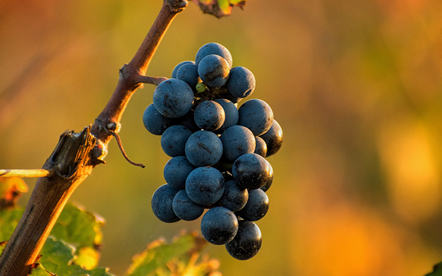
Summer at the estate: What does the veraison mean?

Cabernet Franc Day
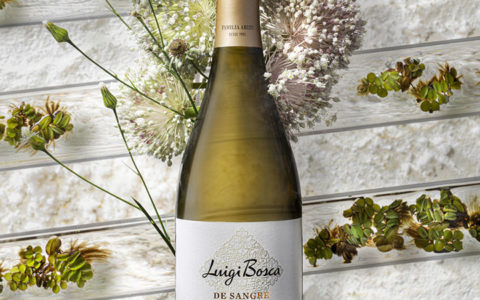
Scores that recognize the quality and pioneering spirit of our whites

10 tips to reinvent the Christmas table

Sparkling wines according to their winemaking method
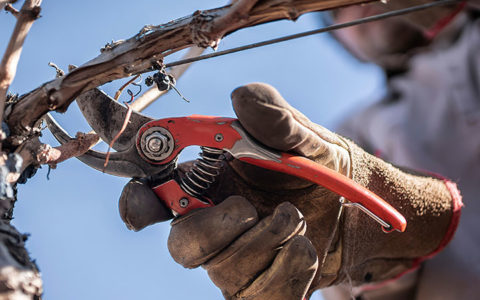
Pruning: With a view to the future
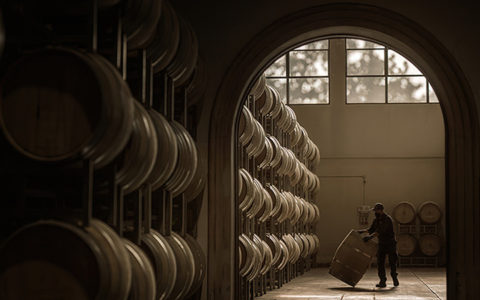
From the grape to the bottling phase
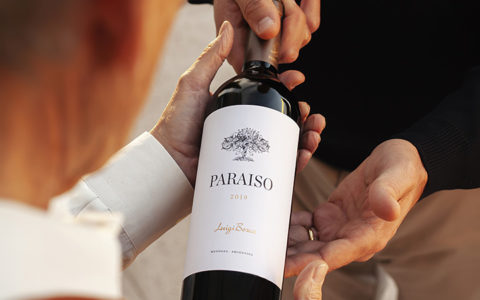
Paraíso: A blend of vines and vineyards
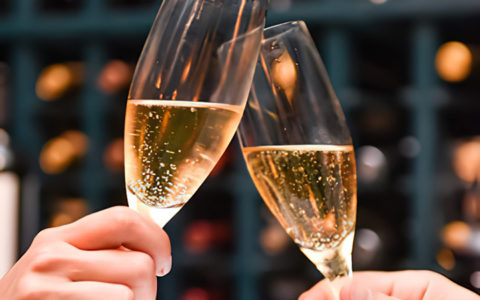
Sparkling wine-based cocktails, the brunch winners
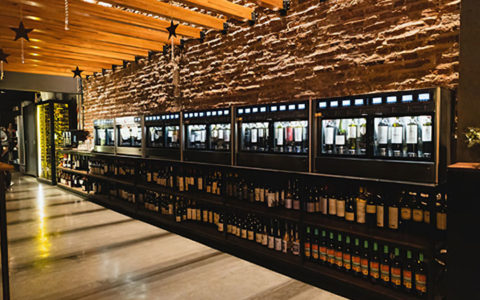
Three wine bars in Buenos Aires with tasty main courses
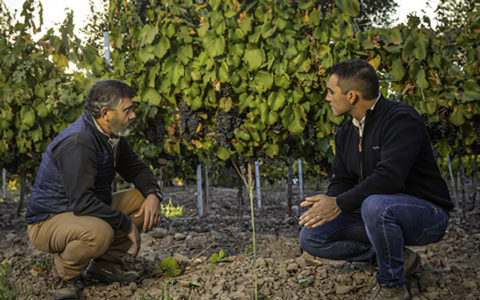
Agronomists, the key players at the estate
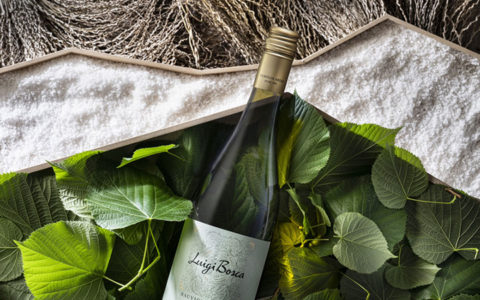
Low alcohol wines
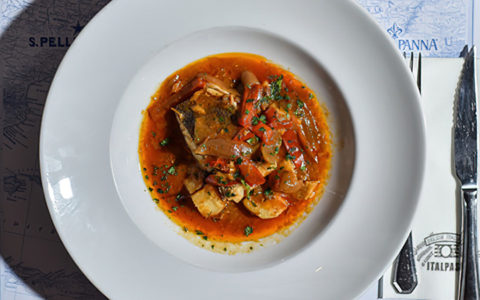
Gastronomy and winter wines

High season of gardens, patios and terraces in the restauran
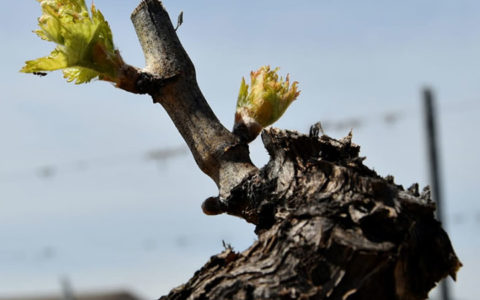
Spring: Life sprouts again
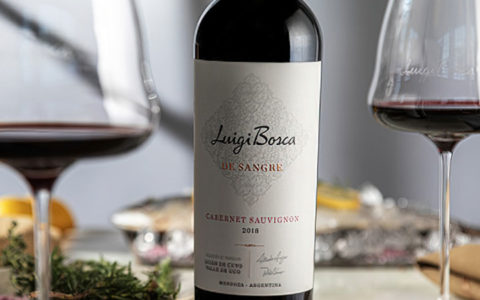
Understanding the Cabernet Sauvignon
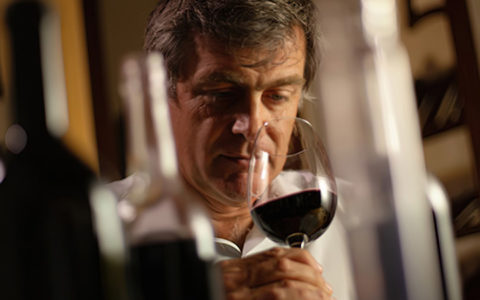
Spring: Time for blends
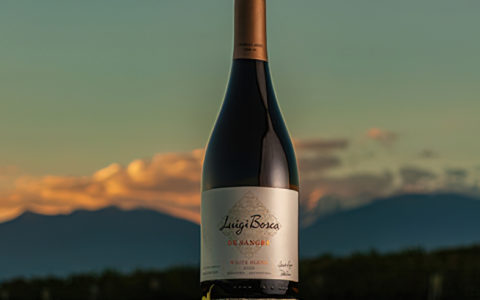
White blends: Luigi Bosca’s identifying mark

